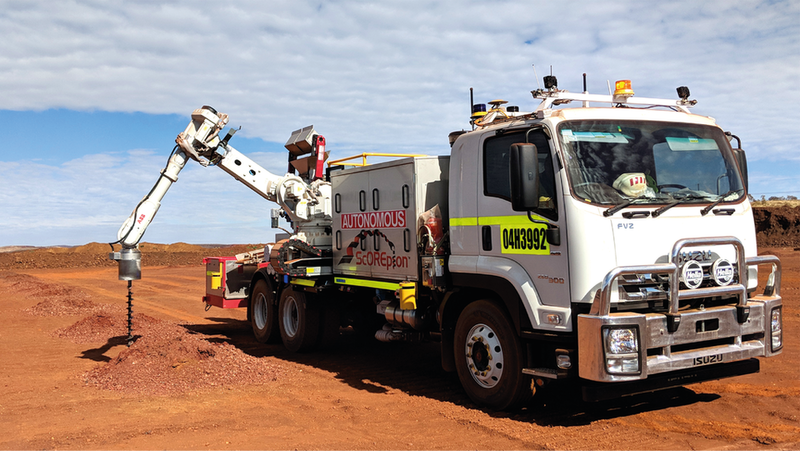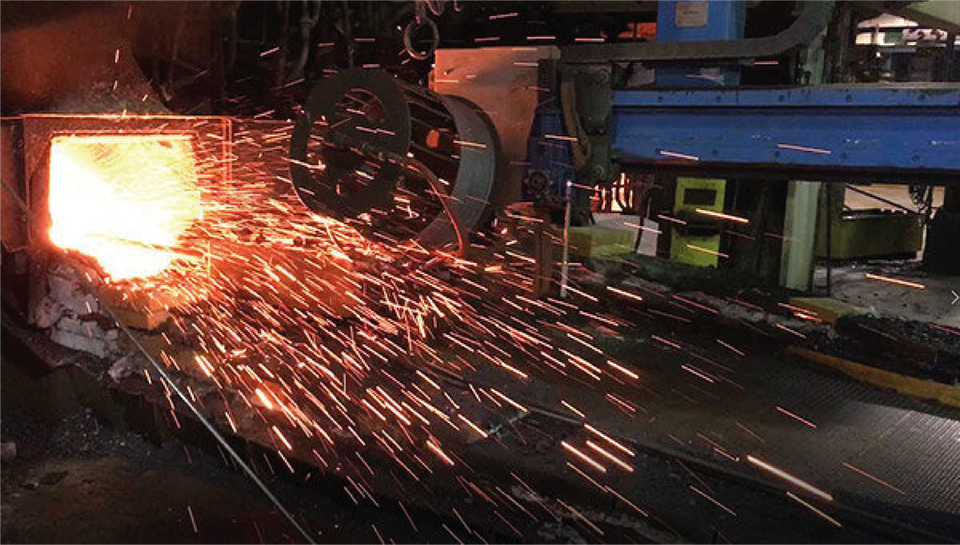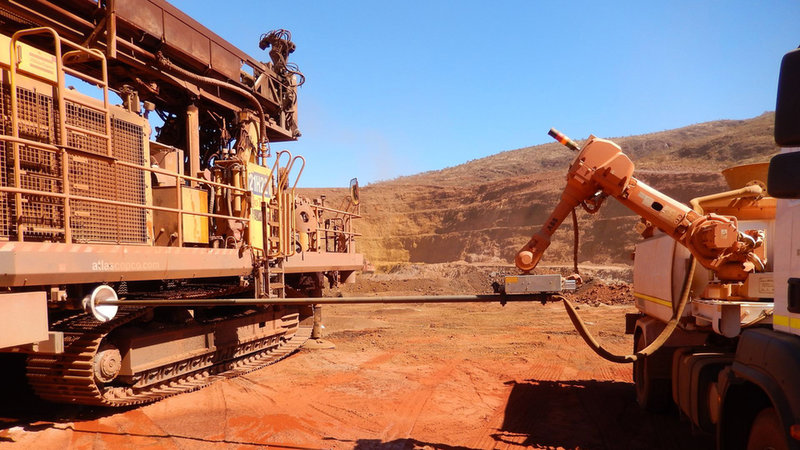Specialised Automation around the Globe
Lewis Australia is an automation engineering company that specialises in designing and building special purpose equipment for the mining, smelting and refining industries. Lewis Australia’s innovative skills lead to the automation of manual processes thought to be “too hard”.
Scroll down to read the article
Innovation
Installing world leading equipment around the globe in dirty and hot environments, is what Lewis Australia lives for. They have become specialists in making automation work in these tough conditions and locations.
Some of their notable projects include, blast hole sampling, oxy-lancing systems, casting lines, online accretion removal system and laboratory automation.
They offer a complete engineering service including
- feasibility studies
- mechanical and electrical design,
- equipment construction,
- project management &
- turnkey project services.

Scorepion – Blast Hole Sampler: Automatic, random sample collecting and crushing from the safety of the truck cabin
Customer Focus
Lewis works very closely with their clients to ensure the end result is above expectations.
All Lewis projects are assembled and thoroughly tested in their workshop and accepted by their clients before transported to site for installation, commissioning and training.
Lewis has earned its excellent reputation by consistently providing:
- Innovative solutions
- Dependable client service
- Quality built equipment
- On time delivery and
- Client satisfaction
Improved Safety
Many of the systems that Lewis installs are designed to improve the safety of operators and maintenance personnel. The Exolance, is a great example of this allowing the operator to oxy lance using a remote control while being well away from the dangers.

The Exolance - Automatic Oxy-Lancing system is one example of improved safety for operators.
Improved Uptime of Autonomous Vehicles
Mobile Fluid Transfer
Stopping drills, trucks and loaders for refuelling (or water refilling), results in costly lost time. As more and more trucks and drills are becoming autonomous, it is essential to remove the operators away from these service tasks. Lewis has mobile robotic systems that can perform this work while they are still in operation saving critical down time.
Mobile Fluid Transfer
Filling up the water (or fuel) in this drill rig: Operators no longer need to be on the bench near autonomous drills

Online Accretion Removal
Shutting down systems for cleaning can be a costly exercise. With innovative ideas and new technology, Lewis has developed a number of online accretion removal systems to complete these tasks while maintaining operations, greatly reducing down time.
Automated Laboratories
With the ever increasing amount of samples taken at mine sites, it has become crucial to accurately track them all the way through the laboratory drying and crushing systems right up to the digestion and final results.
Lewis has installed a world leading automated laboratory in Arizona. This lab can handle 500 samples or 2500 digestions per day. Every sample is tracked in a sophisticated database using specially designed RFID tags to handle the high temperatures in the drying ovens and the acid fumes in the lab.
Lewis Australia’s Key Capabilities
Key Capabilities:
- Automation engineering/construction of new automation systems
- Specialising in automating casting lines
- Upgrading/automating existing production lines
- Integrating diverse technologies and sensing equipment
- Automating manual systems thought “too hard”
- Mobile robotic systems and AGV’s
- Robotic production cells design, manufacture and programming
- Molten metal handling
- Mobile water / fuel transfer systems
- Ultra Light Weight Heavy Vehicle Extension Tools
Contact information
Lewis Australia Pty Ltd
87-89 Cochranes Road
Moorabbin
VIC 3189
Australia
Web: www.lewis.com.au
Tel: +(613) 9555 3666